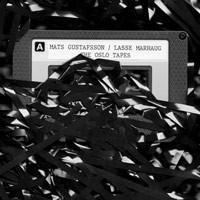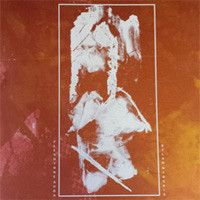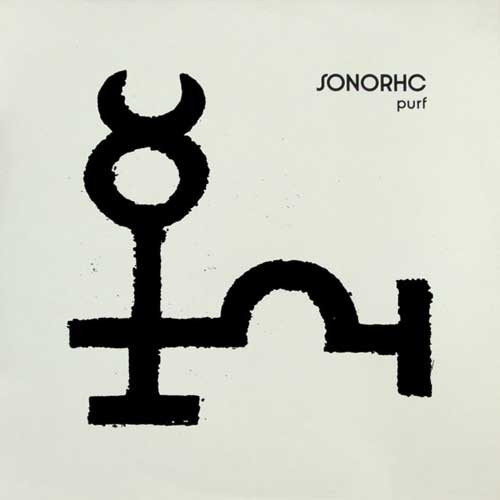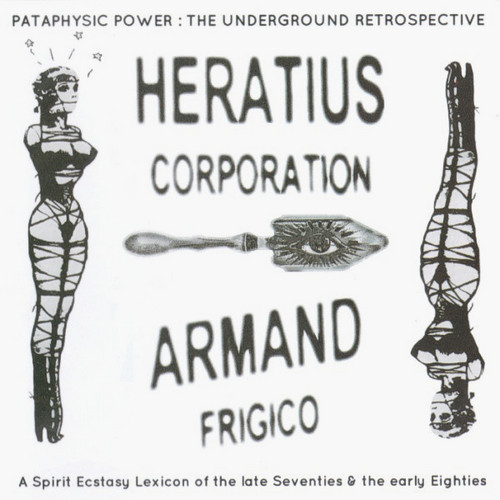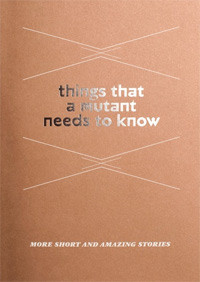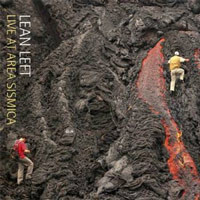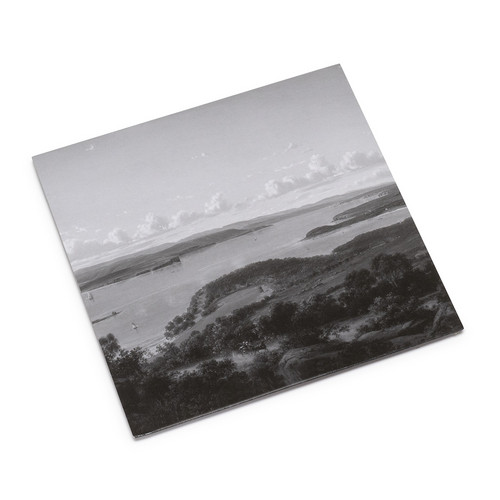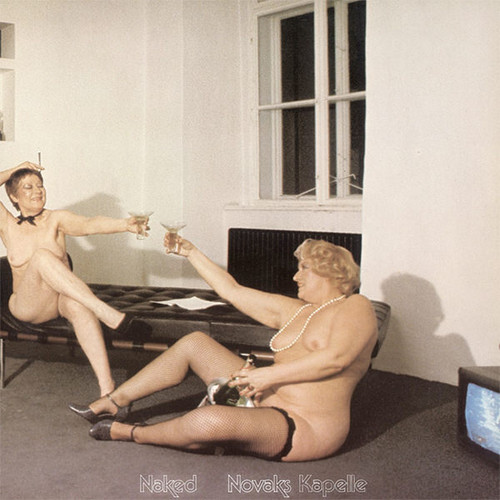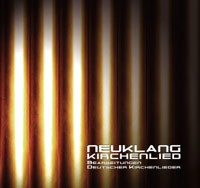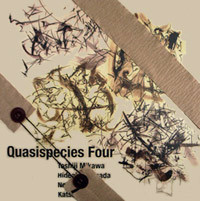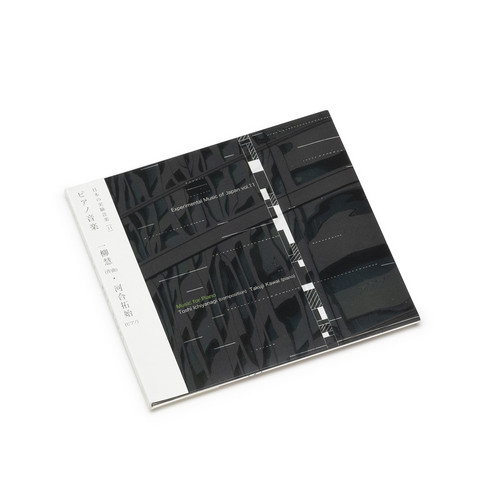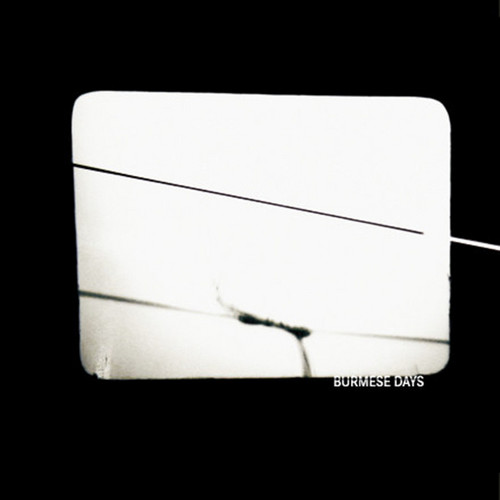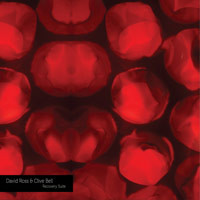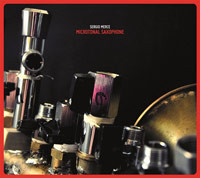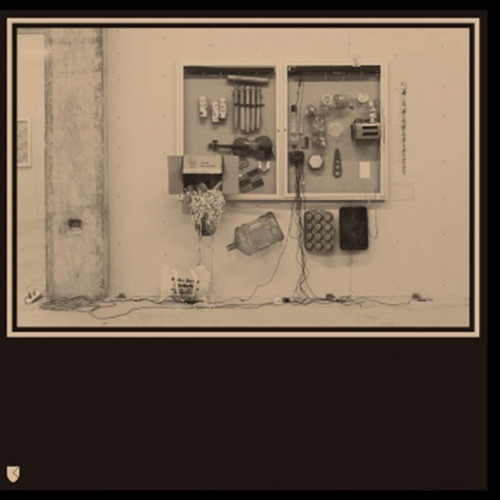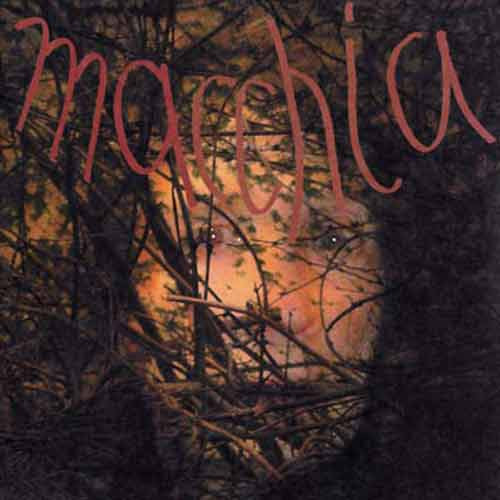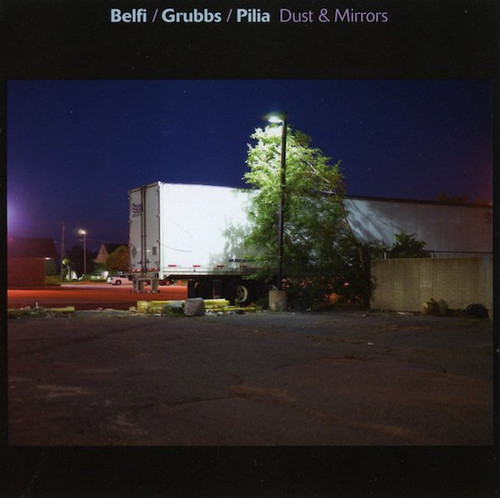Oslo Tapes
Mats Gustafsson, aka King Skronk, aka Skronkmeister General, aka The Skronk Controller, aka Squeaky Pete, aka Skronkmaster Flash, joins forces with another experimental giant Lasse Marhaug (aka The Ear Destroyer, aka Mr Skreee, aka Electro Crunch Bas…
Cubic Zirconia / Bad Karlshafen
Kye is proud to present a new 7' coupling from Philadelphia's Good Area, expanding and refining the signature sound first heard on 2013's 'French Antarctica' LP. 'Cubic Zirconia' offers a coarse instrumental homage to the cubic crystalline form of zi…
Split
While Dylan Nyoukis has become on the great out vocal performers of the past two decades, his backbone of crude fluxus certified tape collage is what got him into the main event scene back in the 90's. Secondary Skin is almost a throwback album for t…
Purf - Outrelande
Early 70’s, a group of musicians around Jean-François Gaël, André Chini, Philippe Gumplowicz, Pierre Buffenoir and Youval Micenmacher formed Sonorhc in 1971 near Paris. This discreet band had released only three albums in twenty years : « Purf » (LP-…
Pataphysic Power:The Underground Retrospective
Obscure 1970's French underground band cantered around Robert Diaz and Florence Leroy. Other members have included Armand Miralles and Kristof Temple. Feeling like a mix of Etron Fou Leloublan and Faust (in acoustic mode that is), with hints of Alber…
Things That A Mutant Needs To Know
A collection of fifty-five short tales and fifty-five brief musical works composed by a momentary collective of eighteen musicians. Reinaldo Laddaga has created the fictional second volume of an anthology that Argentinean writers Jorge Luis Borges an…
Live at Area Sismica
Ken Vandermark, tenor saxophone, baritone saxophone, clarinet. Paal Nilssen-Love, drums, Terrie Ex, guitar, Andy Moor, guitar. 'Live at Area Sismica' is Lean Left's fifth live recording, the second released on Unsounds, and by far the best, most vers…
The Unattended Serge 1978 / Five Evolutionary Things 1979
A rare window into the early modular explorations of David Chesworth, The Unattended Serge 1978 / Five Evolutionary Things 1979 is a playful, minimalist suite for Serge synthesizer, predating his work with Essendon Airport.
Spectral Arrows: Sidney
Spectral Arrows: Sidney presents Marco Fusinato’s durational guitar and electronics performance, channeling the intensity of Sunn O))) and the conceptual rigor of Alvin Lucier.
Naked
One of the wildest Austrian bands in the late 60s and 70s, with their own mix of progrock, hardrock, art, porno and extreme live-shows. Now after more than 30 years a one time repress of 750. Erwin Novak - drums, Walla Mauritz - vocals, Peter Travnic…
Neuklang Kirchenlied
German bands and solo artists bring old hymns into contemporary music. The spectrum ranges from jazz to pop, from rock and metal to acoustic art. An essential part of the concept is that text and melody are preserved. The tradition of hymns is a livi…
Naked Tape and Others
Ten pieces for hurdy gurdy and tape (forty minutes) recorded between 2008 and 2013. With book-based covers about the human body (each one unique), this is a truly elaborate package, with an insert, gut-string, cotton, ninety-minute private sound r…
Quasispecies Four
A document of a quartet session by Toshiji Mikawa(Incapacitants, hijokaidan), Hideaki Shimada(Agencement), Nobuo Yamada(Artbreakhotel), and Katsuyoshi Kou(Soundings), recorded at Hatchobori Nana Hari on April 28, 2012. At the time Hideaki Shimada …
Music for Piano 1959-1961. Obscure Tape Music of Japan vol. 11
The Music for Piano series was written under John Cage's influence in his New York years. This CD is the premiere complete recording without simultaneous playing. The series was played and recorded by pianist Takuji Kawai at KEN in Tokyo in October 2…
Burmese Days
Over the past several years, Vienna-based composer / producer Peter Kutin has been working intensely at the little-explored junction between sound art and journalism / documentation. Focusing on sonic experiences in extreme or exceptional conditions,…
Recovery suite
David Ross plays here a customized analog oscillator, baptized drosscillator. Among others, he has worked in the past with Evan Parker. He is also known as the drummer for the instrumental combo Kenny Process Team. He has previously released another …
Microtonal saxophone
Argentinian saxophonist Sergio Merce works on projects involving interactions between free improvisation and contemporary music. He made several european tours with Axel Dörner, Andrea Neumann, Burkhard Beins, Julia Eckhardt, Boris Baltschun, Serge B…
Fits & Starts
For the tenth volume of FRKWYS, composer, percussionist and sound designer David Van Tieghem alongside ten younger artists from across the avant spectrum become a bulletin of Fits & Starts. In July of 2012, RVNG Intl. was invited to participate in Bu…
Macchia Forest
An organic audio forest of analogue electronics, electro-acoustic sounds, sound-sculpture instruments plus singing and piano, even (outrageous!). "The guy from HNAS with the wonderful lady from Anima, plus one of Christoph Heeman's buddies from the p…
Dust & Mirrors
Dust & Mirrors’ is the second full-length album by the trio of Andrea Belfi (drums, percussion, electronics), David Grubbs (electric guitar, piano, voice), and Stefano Pilia (electric guitar). It follows 2010’s ‘Onrushing Cloud’ LP and finds the trio…
